How to Brown Butter
Want to take your dish to the next level? Try using brown butter! It brings an irresistibly rich, nutty flavor to desserts & main dishes. So easy to make!

It’s officially fall, my friend!
It’s been a really warm few days here in the northeast US, but in spite of that, the leaves are changing and the days are getting shorter. So there’s just no denying it!
Right now I’m all about things that are roasty, toasty, warm, and nutty. I’ve been really into apple coffee cake, oatmeal chocolate chip cookies, and baking homemade bread. It all just feels so cozy!
So today seems like the perfect time to share this easy technique that will take so many of your best dishes to the next level: How to Brown Butter!
WHAT IS BROWN BUTTER?
Brown butter is quick and easy to make and the flavor is absolutely off the charts.
Sometimes it’s also called “beurre noisette,” which is French for hazelnut butter. (It doesn’t actually contain hazelnuts, or nuts of any kind. This just refers to its color, which is similar to a toasted hazelnut.)
It can be used in all sorts of different ways: to dress pasta, as a sauce for meat, fish, or veggies, or in so many of your favorite baked goods.
It’s made with just one ingredient, but the way it’s cooked brings out so much incredible flavor. Basically it’s butter, but simmered, reduced, and intensified. The toasty, nutty flavor of brown butter is just completely irresistible!
HOW TO MAKE BROWN BUTTER
To make this recipe, you only need one ingredient, and that’s butter.
You can use salted butter or unsalted butter. In general, I prefer unsalted butter because then I can season it exactly to my own liking. But if all you have is salted butter, that will work just fine.
Start by placing the butter in a skillet. It’s best to use a light-colored skillet, so you can really see the color of the butter as it changes. Stay away from cast iron for this, at least until you get the hang of it. Here’s a link to the kind of skillet I’m using here: Small Stainless Steel Skillet.
Cook the butter over medium-low heat. First, it will melt.
Then, it will start to bubble.
You may notice as it’s bubbling that it almost looks like there’s water in it. There actually is! As it cooks, the water that’s naturally in the butter will release and evaporate into steam.
After a little while, the bubbling dies down quite a bit. You won’t see as many big bubbles. As the butter continues to cook, the bubbles become smaller and it’s more sizzling than boiling.
The last phase is when it becomes foamy. The bubbles are tiny and close together.
This is when you really want to keep a close eye on it. It’s at this stage that you’ll quickly notice that the color is changing and there are little brown bits settling to the bottom of the pan.
Take it off the heat right away and transfer the liquid to a heat-safe container, to stop the cooking. If you leave it in the hot pan, it could burn!
WHAT ARE BROWN BUTTER SOLIDS?
Butter is made up of a combination of liquids and solids.
The solids are sometimes referred to as “milk solids.” They’re naturally occurring in dairy products, and they’re made up of sugars, proteins, and minerals.
When you make brown butter, it’s these solids that become toasted and brown. They are what adds that signature warm, roasty flavor.
WHAT IS THE DIFFERENCE BETWEEN BROWN BUTTER AND GHEE?
Brown butter is similar to ghee (aka: clarified butter) in many ways, but with one critical difference: the browning.
When making ghee, the butter is melted over very low heat, allowing the milk solids to fall to the bottom of the pot. The clear yellow liquid is then skimmed away, and this is what’s known as ghee or clarified butter.
With browned butter, the butter is actually cooked until it becomes a nutty brown color. This intensifies the flavor and makes it much more complex.
WHERE TO USE IT
Brown butter is super-versatile. It can be used in so many different ways, both sweet and savory.
AS A SAUCE
Drizzle over steak, pork, chicken, or fish. It’s a simple sauce that will add richness and flavor to any kind of protein.
It’s also fantastic over pasta. I especially love it over pumpkin or butternut squash ravioli, garnished with sage, toasted nuts, and grated parmesan.
And it’s a great way to top veggies too. Try it on green beans, brussels sprouts, or roasted squash. And it’s amazing over mashed potatoes or popcorn!
FOR BREAKFAST
Brown butter is fantastic in your favorite breakfast dishes, especially over eggs, or in your pancakes, waffles, french toast, muffins, and granola.
IN YOUR FAVORITE DESSERTS
You can sub this in to any dessert recipe that calls for butter, in equal measure.
If the recipe calls for melted butter (like in this butter cake or this blondie recipe), just use the same amount of browned butter instead.
If the recipe calls for softened butter (like this pound cake or these soft chocolate chip cookies), allow the brown butter to cool and solidify before creaming it in with the sugar. Here is what it should look like once it’s cooled:

ADD-INS
When making brown butter, you can add all sorts of delicious things to enhance the flavor. This works especially well when using it as a sauce.
At the final stage, right when the butter is changing from foamy to brown, try adding in a handful of:
- Herbs, such as sage, thyme, or rosemary
- Nuts (hazelnuts, almonds, and pecans are particularly tasty)
- Garlic
- Citrus: a squeeze of fresh lemon, lime, grapefruit, or orange will lift the flavor and add even more complexity
- Something briny, such as capers, anchovies, or chopped olives
CAN YOU MAKE THIS WITH MARGARINE?
Sadly, there is no good substitute for the real deal when making brown butter. Margarine and other vegan butter substitutes just don’t contain the milk solids that are necessary for that roasty, toasty flavor and color.
HOW LONG WILL IT KEEP?
Brown butter will keep for the same amount of time as regular butter would.
At room temperature, brown butter will stay in its liquid state for around an hour. Then it will start to become thicker and solidify.
In the fridge, brown butter will last for at least a week, tightly covered.
Try subbing brown butter in to some of these fabulous recipes:

How to Brown Butter
Ingredients
- 1/2 cup (113.5 g) butter, (preferably unsalted)
Instructions
- Place the butter in a small, light-colored skillet over medium-low heat.
- Allow the butter to melt, then bubble and boil.
- Continue to cook the butter, swirling the pan occasionally, as it bubbles down to a simmer.
- Watch carefully as the butter becomes foamy and the milk solids begin to brown.
- When the butter takes on a nutty, amber color, pour it from the skillet into a heat-safe bowl to halt the cooking process.


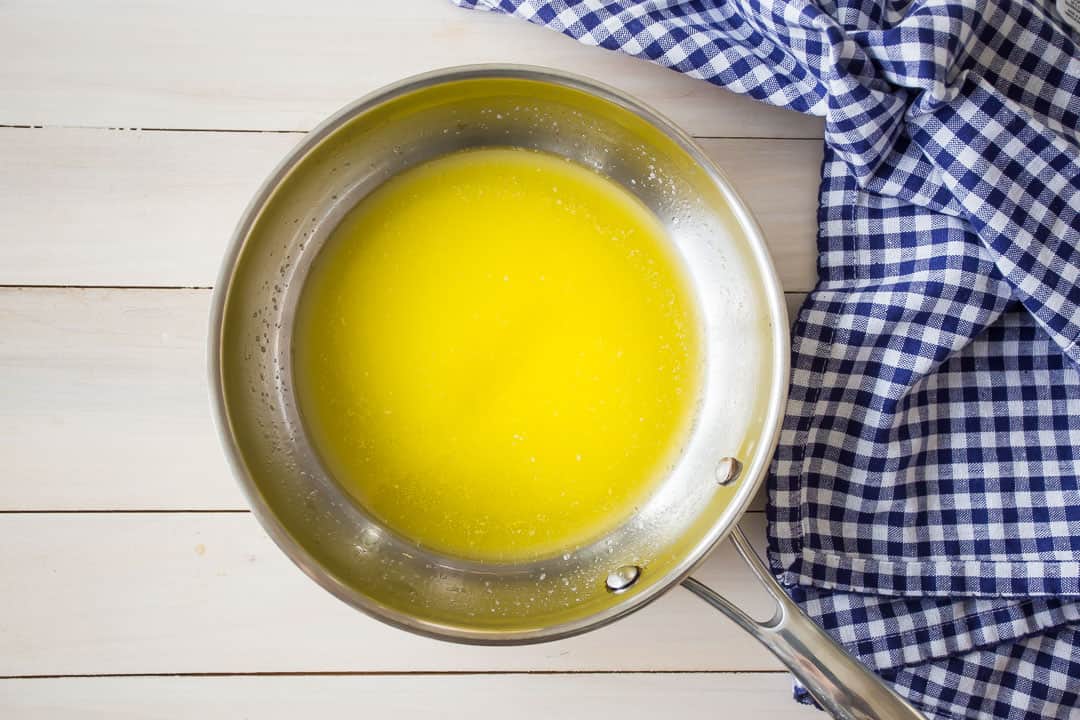

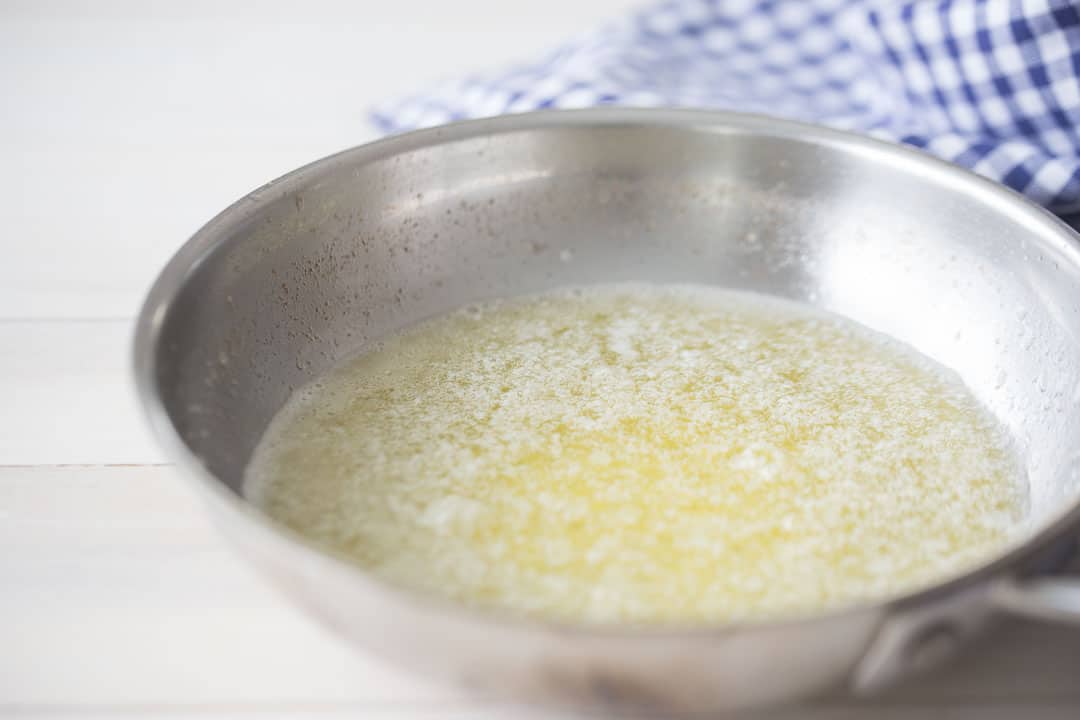

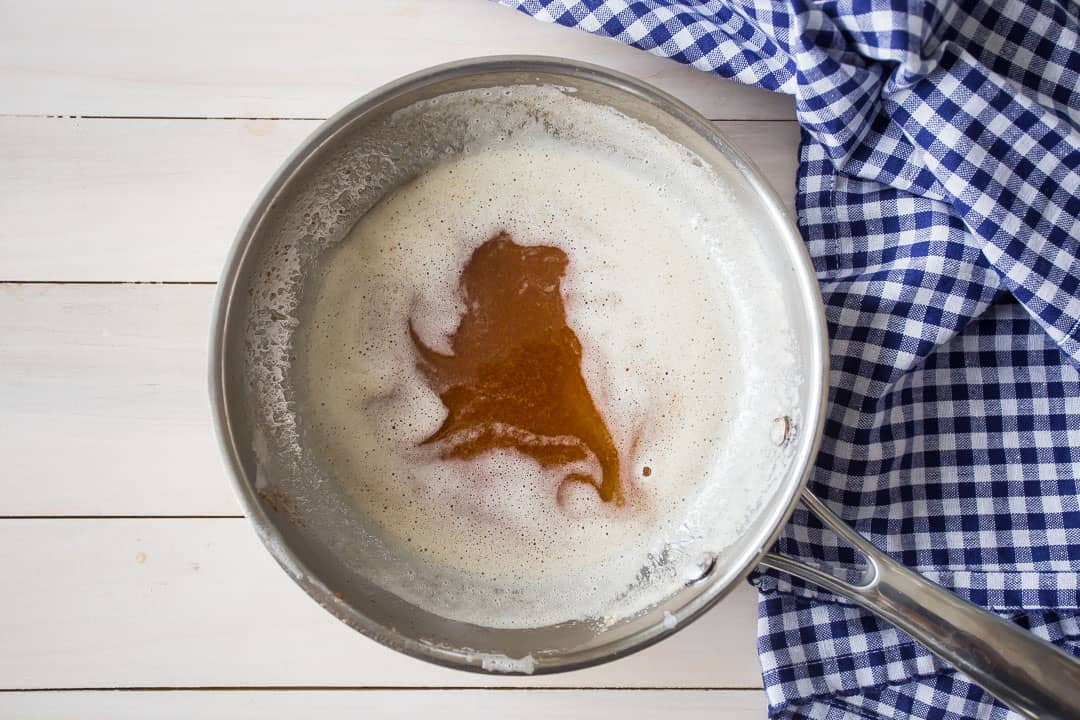
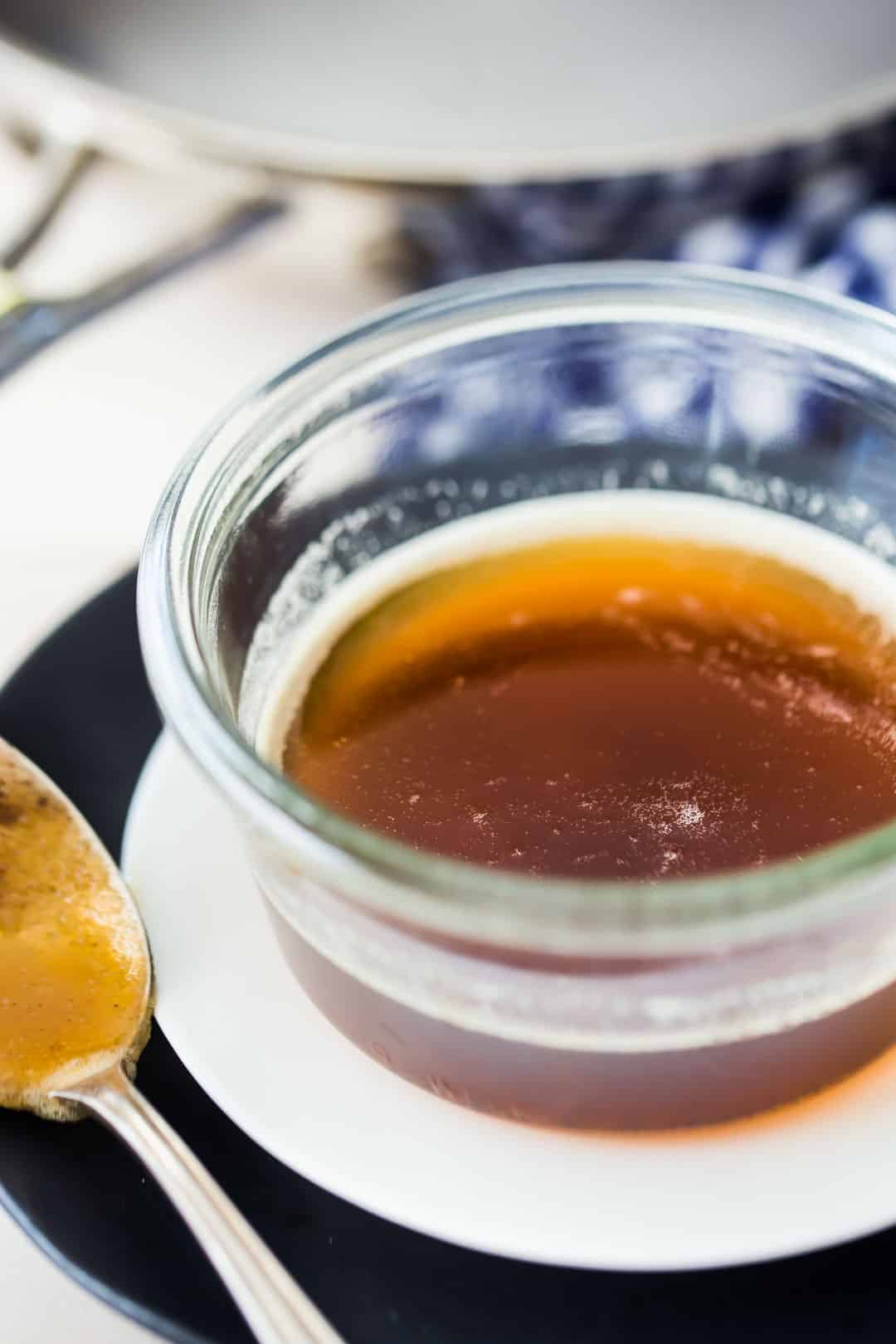






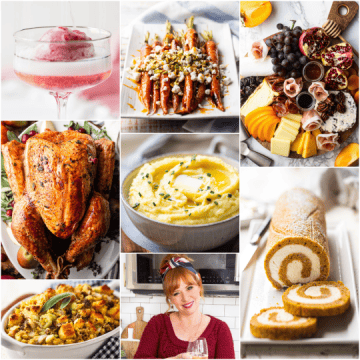



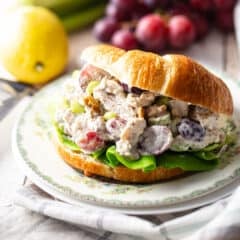
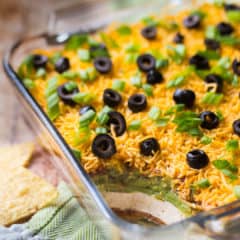
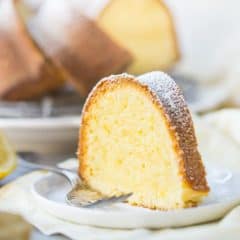
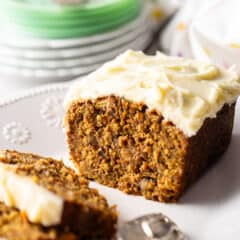
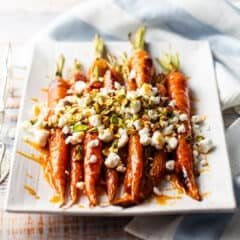
I’m so glad to have all these helpful informations. Thank you Allie for sharing. I have tried your recipes and love all that I tried with success!
It’s so much SAFER, quicker, and easier to brown butter in the microwave. I use my K-5 glass mixing bowl, so it’s easy to see when the butter has reached the point I want it. I pretty much know how long certain amounts of butter take, and then can add time if it’s needed. Then I let it cool in the microwave, in the bowl, and it’s all ready to mix a recipe that calls for browned butter, or remove it to another container to add later. You do have to be careful if removing it from the microwave when just made, as the bowl will be very hot. It can be left at room temp for days, so you can keep it on hand for things, like spreading on toast. Butter has a long shelf life at room temp, but it can be refrigerated. I learned about this in Epicurious, and it’s the only way I brown butter now – no hot butter spatters, no stirring, no burned fingers, etc.
That’s such a great tip, thank you for sharing!
Omg!! How did I not know about this? This is AMAZING!!! I made some and put it on popcorn and I think I’m in heaven. I don’t know if I’ll really ever use regular butter again! Thank you!!!!!
So happy you liked it Mandi! Isn’t it so good? Thanks for the great feedback!